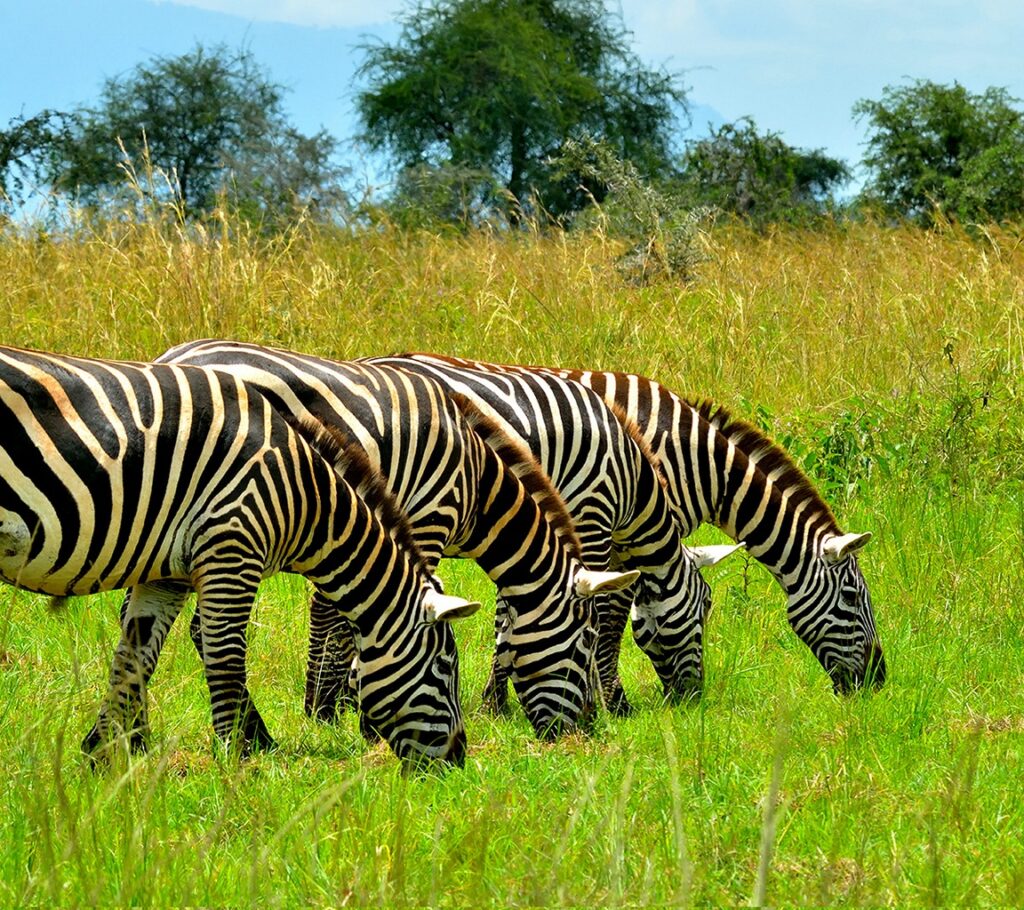Kidepo valley national park is a gem in the wilderness of Africa, a unique biodiverse national park tucked in the semi dessert area of Uganda located towards the north eastern corner bordering the south Sudan, around which is a large mountainous landscape in which the golden savannah grassland disappears into, there are special animals that are restricted to the national park including the side stripped hyenas, rock hyrax, bat eared fox, ostrich, cheetahs to mention a few, it has over the years gained fame due to its natural composition it is managed by the Uganda wildlife authority situated in Kabong district, it is always seeming like a new place due to its untampered natural resources.it is an epic region with a thousand reasons as to why you should plan our trip here!
The national park conserves the culture of the people of Karamoja, it is a phenomenal experience to meet the local communities and get lost into their cultures, that said the major reason of visit is the fusion of wildlife in the park, along the Kopjes and stand-alone hills among the mid length grass are predators like Lions, cheetahs, hyenas, leopards, it is also notable for the large population of the African buffaloes which lay lazily long the dry river beds of the Kidepo, the national park is divided into 2 sectors the Narus Valley and the Kidepo valley, most of the animal life is within the Narus valley due to its consistent water supply and food, while on the other hand the Kidepo valley really gets hot and dry mostly, the long aligned dry river beds a lined with borassus palms and angelic sausage trees, the magical experience is wonderful to explore.
Things to do in the national park include game drives, these are conducted in the morning, afternoon, evening and night times, the game drives go through the national park in search of animal species, tree and plant species as well, it takes 2-3 hours doing the drives through the well distributed game tracks of the park, this is done using 4*4 wheel car drives a the terrain can be tough and challenging with an open roof top which presents an opportunity to take good pictures and view animals as well, expect to see waterbucks, Jackson hartebeests, African buffaloes, African elephants, elands, giraffes, primates like vervet monkeys, and over 350 species birds have been recorded here including endemics for example the Karamojong Apalis. Guided nature walks through the park will give you a chance to see and learn of most of the plants and tree species of the region.Visit the Karamojong communities, some of these include the Kawalakal community, the IK tribe in the Morugule mountains and the Lorukul community, these will showcase their ancestral tribes, jump and dance to their traditional songs and drumming, these live within Manyattas in small communities.
The national park was gazette in the 1962, it is a long distance drive of approximately +/-11 hours drive through the northern beautiful villages and small towns, charter flights or scheduled flights can be arranged to the destination the flight takes +/-2 hours to the destination, there is available accommodation ranging from Luxury to the best budget like the Apoka safari lodge, the Kidepo savannah lodge, Adere lodge and the UWA Bandas catering for the budget travelers.it is important to note that the national park is mostly dry throughout the year however the best time to visit the national park is during the dry season stretching from June -early October, and December- February, the roads tend to be less slippery and access to animals is much easier it is an amazing destination which can be visited alongside other national conservation areas like the Murchison falls national park


